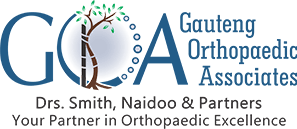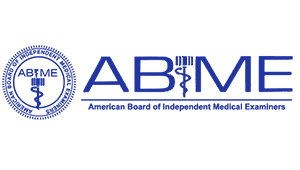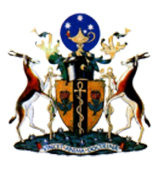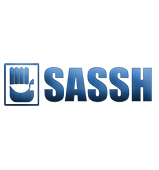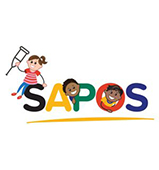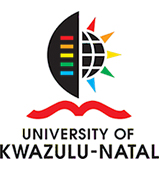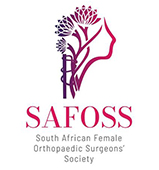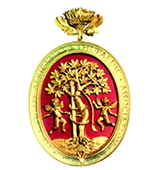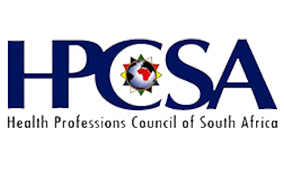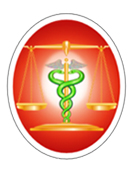What is Guided Growth for Deformity Correction?
Guided growth, also known as hemiepiphysiodesis, is a surgical technique employed for the correction of bone deformity in skeletally immature patients. It is a minimally invasive surgical procedure in which a tension-band plate (also known as a guided growth plate) is applied to the curved or bent bone to gradually straighten the bone as the adolescent or child grows. Guided growth only works in children and adolescents while their bones are still developing.
Growth plates, also known as the physis or epiphyseal plate, are responsible for bone growth in children and determine the shape and length of the adult bone. They are made up of a thin layer of specialised growth cartilage and are situated near each end of the thigh bone (femur) and shin bone (tibia). As children become adults, the growth plates disappear and are replaced by bone.
How Does Guided Growth for Deformity Correction Work?
The “guided growth” plate or tension-band plate is a unique, figure-eight shaped device about the size of a paperclip that enables gradual correction of a bone deformity. It consists of a plate that is fixed to the bone utilising 2 bone screws. The 2 most commonly employed tension-band plates are the Peanut Plate and the Eight-Plate.
Almost all bone growth in the lower limbs occurs near the knees, so a tension-band plate is applied to the growth plates near to the knee in most cases. Sometimes, a tension-band plate is applied to the growth plate close to the ankle. The tension-band plate is placed only on one side of the affected ankle or knee and is positioned such that it sits on top of the growth plate. This position results in the cessation or slowing of bone growth on that side of the growth plate. The other side of the growth plate continues to develop in a normal manner and this gradually straightens the bone over time. It may take around 6 to 12 months for the bone to fully straighten, although in some cases the tension-band plate may have to be in place for over a year.
Indications for Guided Growth for Deformity Correction
Guided growth for deformity correction or hemiepiphysiodesis is most often employed in the treatment of conditions such as genu valgum or knocks knees, genu varum or bowed legs, Blount’s disease, and other forms of angular deformities of the lower limbs that occur as a result of congenital anomalies or developmental conditions, injury, or infection.
Preparation for Guided Growth for Deformity Correction
Preoperative preparation for guided growth surgical procedure will involve the following steps:
- A thorough examination of the patient’s leg is performed by the physician that involves measurement of clinical deformities (both rotational and angular) and limb lengths.
- Physical exam also involves assessment of gait pattern, long bone torsion, ligamentous laxity, and patellar tracking.
- Depending on the patient’s medical history, social history, and age, the patient may need to undergo tests such as blood work and imaging to help detect any abnormalities that could threaten the safety of the procedure.
- You will be asked if the patient has allergies to medications, anaesthesia, or latex.
- You should inform your doctor of any medications, vitamins, or supplements that the patient is taking.
- The patient should refrain from medications or supplements such as blood thinners, aspirin, or anti-inflammatory medicines for 1 to 2 weeks prior to surgery.
- The patient should not consume any solids or liquids at least 8 hours prior to surgery.
- A written consent will be obtained from you after the surgical procedure has been explained in detail.
Procedure for Guided Growth Surgery
This is a minimally invasive surgery that is usually performed under general anaesthesia in less than an hour and involves the following steps:
- After adequately sterilizing the surgical area, your surgeon makes a small incision of 2.5 cm or 1-inch around the knee.
- The supporting structures around the knee are gently moved out of the way to prepare surfaces of the femur and tibia adjoining the growth plate.
- A tension-band plate is applied and fixed with bone screws such that it mounts on the growth plate.
- With the tension-band plate in place, the knee joint is tested through its range of motion.
- All surrounding tissues and structures are restored to their normal anatomic position.
- Finally, the incision is closed with sutures and sterile dressings are applied.
- In most cases, patients do not require an overnight hospital stay after this procedure.
Postoperative Care and Recovery
In general, postoperative care instructions and recovery will involve the following steps:
- The patient will be transferred to the recovery area to be monitored until the patient is awake from the anaesthesia.
- The patient’s nurse will monitor the blood oxygen level and other vital signs as the patient recovers.
- The patient may notice some pain, swelling, and discomfort in the knee area. Pain and anti-inflammatory medications are provided as needed.
- Medications may also be prescribed as needed for symptoms associated with anaesthesia, such as vomiting and nausea.
- Antibiotics are prescribed to address the risk of surgery-related infection.
- Keep the surgical site clean and dry. Instructions on surgical site care and bathing will be provided.
- The patient is encouraged to walk with assistance as frequently as possible to prevent risk of blood clots.
- Eating a healthy diet rich in vitamin D is strongly advised to promote healing and a faster recovery.
- The patient should refrain from strenuous activities and lifting heavy weights for the first couple of months. Gradual increase in activities over a period of time is recommended.
- A physical therapy protocol may be recommended if necessary to help strengthen knee muscles and optimise knee function.
- Most patients will be able to resume normal activities within 2 to 3 weeks with certain activity restrictions.
- A periodic follow-up appointment will be scheduled to monitor the progress.
- Once the bone deformity is deemed to be corrected, your surgeon will remove the device in an out-patient surgery setting.
Risks and Complications
Guided growth surgery for deformity correction is relatively a safe procedure; however, it does carry some risks and complications, such as:
- Iatrogenic limb length discrepancy
- Overcorrection of deformity
- Hardware migration
- Hardware fatigue failure
- Premature or permanent growth plate arrest
- Revision surgery
